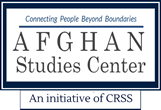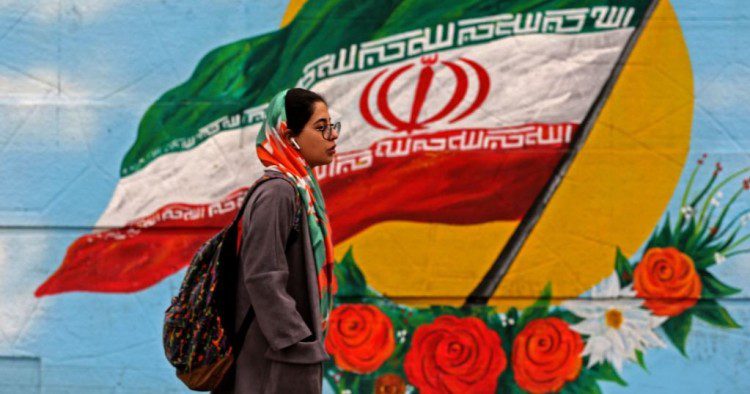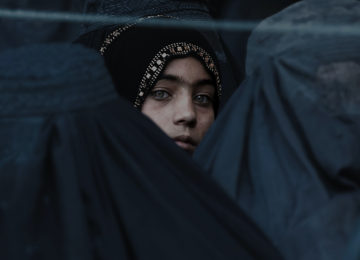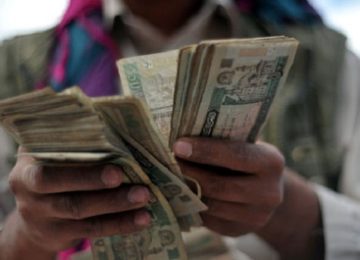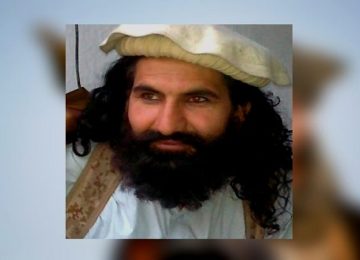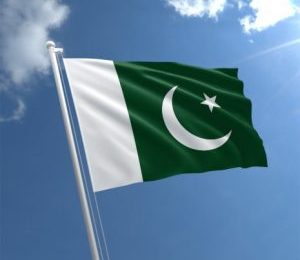Iran’s former queen, Farah Diba Pahlavi, once said: When Shah made me wear the crown, I felt like he was crowing all the Iranian women. Shah’s Iran was a secular but oppressive regime. However, it brought one affirmative change: suffrage for women. Since the Islamic revolution of 1979, women in Iran have lost considerable agency. Although Iran holds substantial clout among the Muslim countries, it is pushing its women back to the stone age. Recently, the Iranian morality police killed Mahsa Amini because her hijab was ‘improper’.
Iran started to make substantial strides toward gender equality and freedom in the 1920s. Education became free for both boys and girls. In addition, women could finally enroll at the country’s first university. The Iranian Women’s Party was founded in 1942. Fraternities as such pushed for changes in legislation for women despite opposition and challenges. Shah held a referendum on women’s suffrage, and it was approved. As a result of the historical event, Iranian women eventually gained the right to vote. Similarly, several other women-focused laws were passed during this decade, including the Family Protection Law, marriage, divorce, and child custody rights. Women made a sizeable portion of the labor force. By the late 1970s, hundreds of women had seats in municipal councils and parliament. Before the end of the Pahlavi rule in 1978, women made up 30% of students in the colleges.
Shah Reza Pahlavi wanted modern, cosmopolitan cities without allowing for free political expression or upsetting landlords and tribal chiefs. The Shah and Western imperialism benefited from the Iranian monarchy – a political system devoid of democracy.
The modernization effort pitted the Shah against the ulama, or Islamic religious authorities, and supported secularism. Iran was home to 80,000 mosques and its clerics possessed significant political and social influence. In the past, the clergy had rebelled against the Shah’s secular initiatives, including women’s suffrage and government employment. This culminated in a large-scale uprising in 1963, which led to the exile of Ayatollah Ruhollah Khomeini, a powerful cleric. Despite strengthening the state, the Shah’s modernization program weakened his already shaky support. He was disliked by landlords, the clergy, intellectuals, students, employees, and peasants alike.
A public uproar against the Shah, backed by the clerics, led to the collapse of the monarchy on January 16, 1979. Khomeini’s Islamic Republican Party replaced the Iranian monarchy’s state as the new enforcers of capitalist tyranny when the monarchy’s regime was overthrown in 1979.
Although many students were drawn to the revolutionary ideas of radical reform in 1979, the public space soon turned into a battleground for gender-related social and political tensions – thanks to the influence of religious thinkers like Ali Shariati. Massive protests were held in Tehran and other major cities in March 1979 following the implementation of the new Islamic law regarding wearing veils at work. Thousands of men took to the streets shouting slogans such as: “We did not bring revolution to regress.”
Iran has seen two extremes: one in Shah’s whitewashed, oppressive and intolerant regime, and the other under Khomeini’s ultra-conservatism.
The Islamic Republic eliminated the modernizing changes in the areas of civil freedoms for women and family law that had been implemented under the Pahlavi administration in addition to enforcing the need for veiling. Laws from the Shah era that prohibited polygamy and raised the marriage age to 18 were repealed.
Liberation was a goal of the Iranian revolution. Shuras, or workers’ councils – established by Iran’s revolutionary workers – possessed the key to a society capable of emancipating itself from capitalism. These democratic assemblies had been established in all major revolutions, from Chile six years earlier through Russia in 1917. However, by the end of 1979, the shuras had become Islamic Associations – advocating more for hardline and stringent social policies, such as restricting women’s freedom and agency.
Following Khomeini’s death in 1989, new ideological currents among women arose that called for reforms while supporting the Islamic government. Reformist women resisted several of the Islamic regime’s ideological tenets in the 1990s, but in the first decade of the twenty-first century, a younger generation, which was carrying fresh demands, progressively surpassed them. The “One Million Signatures for the Repeal of All Discriminatory Laws Against Women in Iran” campaign, launched in 2006, was the most significant activity of this new generation of activists.
As a whole, the 1979 revolution resulted in the regression of women’s rights in Iran, which is still happening today.
Women’s rights have consistently been a major issue in Muslim societies in recent decades. Theocracies have mostly been anti-women or least considerate of them. Iran and Afghanistan, for instance, are apt examples. The current outrage among the Iranian women says aloud that they can not take it any longer.
It all began with the incident of Mahsa Amini who died in custody on September 16, 2022, after being detained by Iran’s morality police. Mahsa Amini, 22, was with her brother at a train station in Tehran when she was stopped by the morality police. She was accused of not complying with the country’s hijab rules. She was detained, and three days later she was dead. While the government argues that she had underlying health conditions, her family and thousands of protesters believe she was killed.
Mahsa’s killing has caused such anguish and rage in Iran that hundreds of women and men have taken to the streets, protesting against the dictatorial regime’s harsh, anti-women policies. Actors, musicians, athletes, and filmmakers have all joined the protests.
German Foreign Minister Annalena Baerbock said on Thursday she wanted the European Union to impose sanctions on Iran following Amini’s death.
However, the Iranian authorities justify the situation differently, calling it ‘western propaganda. “The turmoil is the most recent hostile move Western powers have made against Iran since the 1979 Revolution.”, says Iranian President Ebrahim Raisi. “For 43 years, Iran’s adversaries have made mistakes in their calculations, believing Iran to be a helpless country that is easily ruled,” says Raisi. Additionally, Iranian state media announced that since the protests started on September 17, 41 people lost lives, including police officers. The hardline President Ebrahim Raisi has vowed to “deal decisively” with the unrest, while also ordering a probe into Amini’s death and claiming his government respects freedom of expression.
Some people believe that the current uprising of unrest is different from past ones because it has now reached a tipping point thanks to the women’s movement, which has the potential to spark a long-needed social and political revolution. Others are less upbeat saying that there is no assurance that its fall will result in a more prosperous, freer Iran. But in the meanwhile, Iranian women will continue to display great courage and valor to the rest of the world. Mahsa Amini’s death is an unfortunate incident, but it has created ripples that are likely to last and bring major changes in Iran, even if that means fighting the state.
Originally published in Matrix Magazine
Dated: 6-10-2022
About the author: Elsa Imdad is a USG Alumna. She holds a bachelors in modern languages with an English major and Spanish minor. She has previously been part of American Spaces in Pakistan and now works as a Project Coordinator at the Center for Research and Security Studies. She is also a weekly contributor for Matrix. Her interests include public diplomacy, language teaching, peace and conflict resolution, capacity building for marginalized groups, etc.
